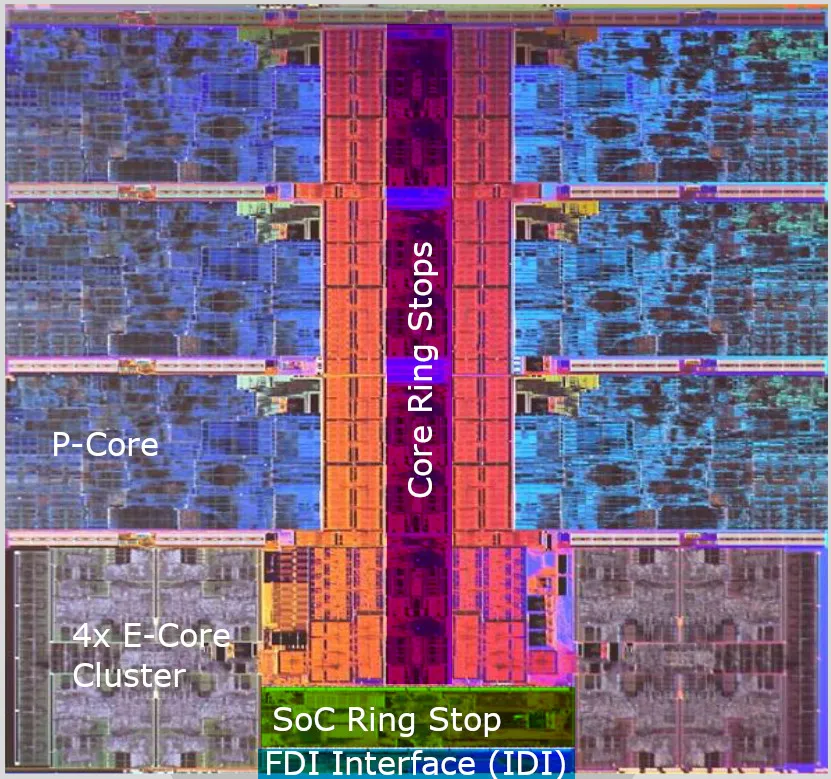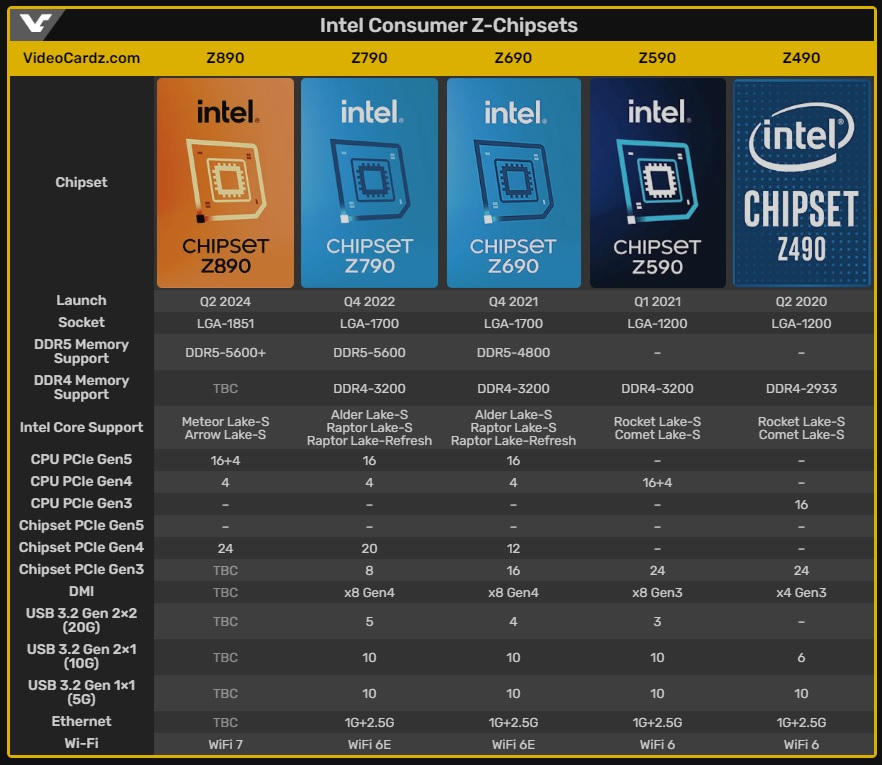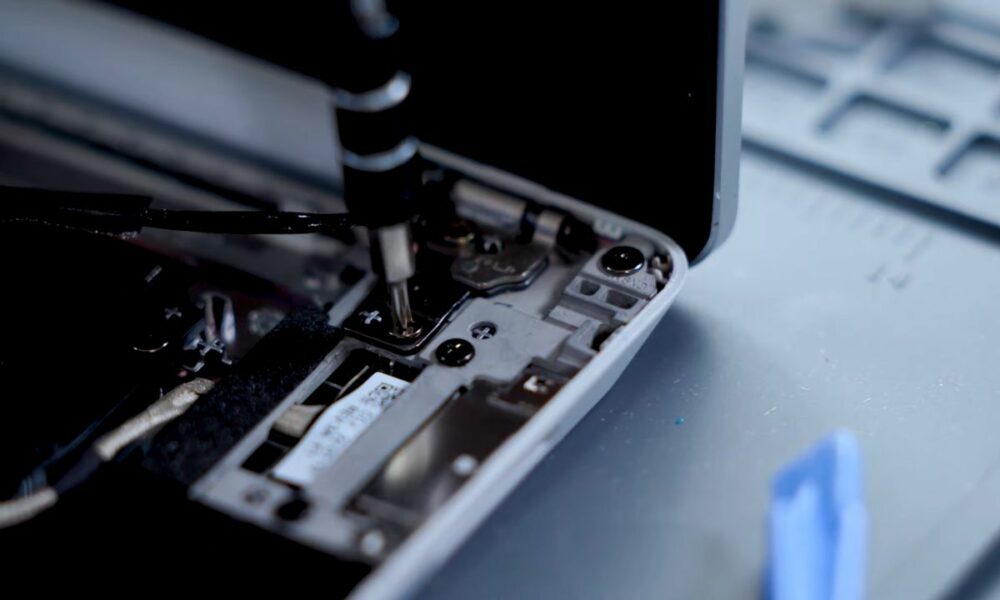
Rumors about the possible cancellation of Intel Meteor Lake-S processors have been on the table for some time, and in a certain way have been reinforced by the information that this year we will see the launch of Raptor Lake Refresha minor revision of the Core Gen13 that, in theory, will come with higher clock frequencies.
The truth is that right now there is nothing confirmed, and that therefore all possibilities are open. However, I don’t think it makes sense to think of a permanent cancellation of Intel Meteor Lake-S for desktop, because that would be equivalent to leaving AMD alone with Zen 5, an architecture that will arrive sometime in 2024 and that in theory was going to be his great rival.
The closest thing Intel would have on its roadmap would be Arrow Lake-S, a generation that according to the latest information would be launched between the end of 2024 and the beginning of 2025, and that it will use the Intel A20 node. As you can see, the dates wouldn’t paint anything good, and that’s what makes me doubt so much about the supposed cancellation of Meteor Lake-S.
Everything is still up in the air, but a new rumor leaves very specific, and very interesting, information about the future of Intel Meteor Lake-S and about the new flagship chipset from the chip giant, known as Z890 (successor to the current Z790). The source assures that these new processors will have a total of 20 PCIe Gen5 lanes, of which 16 will be for the graphics card and 4 for an SSD drive. It is an interesting change, but it is not the only one, since the Z890 chipset will also have 4 additional PCIe Gen4 lanes, and it will come with connectivity WiFi 7.
Regarding the Intel Meteor Lake-S processors, this rumor leaves us with very interesting information that we did not have before, and that gives a little more strength to that idea of non-cancellation that I left you at the beginning of the article. Intel would be developing, in theory, a high-performance version that would have a configuration of 8 Redwood Cove cores (high performance) and 16 Crestmont cores (high efficiency).
If what I have just told you is confirmed, the top of the range of the Intel Meteor Lake-S series would not be limited to a 22-core configuration, but would have a total of 24 cores and 32 threads, the same amount that the Intel Core i9-13900K has. If you are concerned about the idea that Intel does not increase the maximum number of cores and threads, I can tell you that you can rest easy, because this new generation is going to make up for it with important changes:
- New architecture in both high-performance and high-efficiency cores.
- Higher IPC on both core blocks.
- Jump to Intel node 4 (7nm).
- Increase in work frequencies, which could be especially marked in high-efficiency cores.
Putting all that together it’s clear that even if Meteor Lake-S keeps the number of cores and threads at 24 and 32, in the end the performance increase will be quite marked versus Raptor Lake-S, and the improvement in terms of efficiency should be noticeable as well. That would be his great ace up his sleeve, a significant increase in performance and a next-generation chipset compatible with the Wi-Fi 7 standard,





